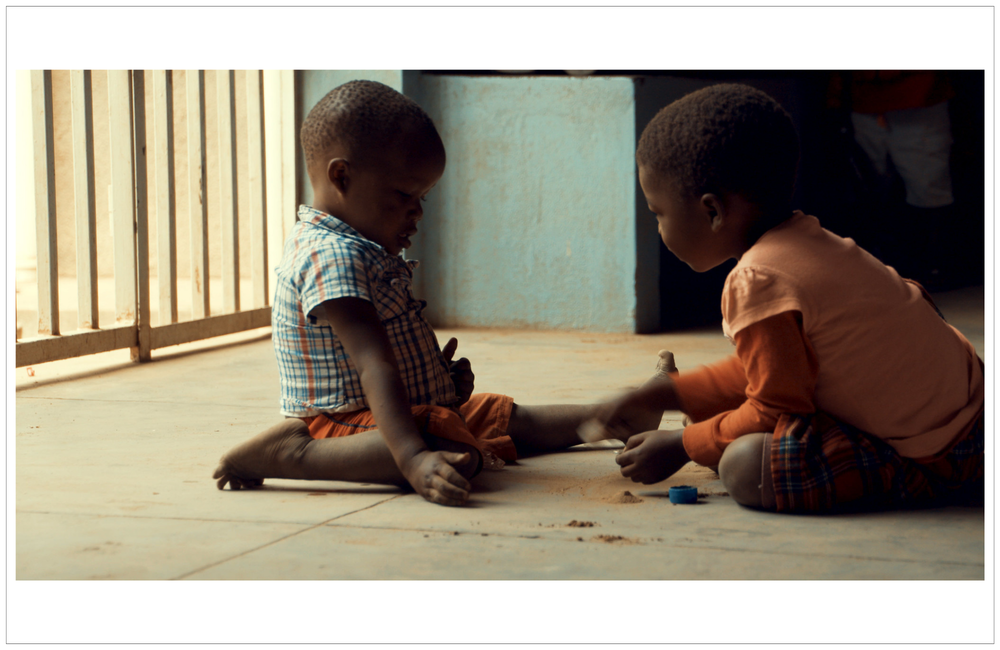
Children of mothers with HIV who remained HIV-free have a higher risk of subtle deficiencies in expressive language and gross motor function by the age of two compared to children not exposed to HIV, a meta-analysis of eight studies has found.
The meta-analysis, published in Lancet Child & Adolescent Health, found no evidence that exposure to specific antiretroviral drugs or regimens taken by mother or infant increased the risk of any developmental impairment in children.
Approximately 15.4 million children have been born to mothers with HIV worldwide without acquiring HIV. In some countries with a high burden of HIV, up to 20% of all births each year may be in women with HIV. As use of three-drug antiretroviral treatment during and after pregnancy has expanded over the past decade, the proportion of children born to mothers with HIV who have been exposed to antiretroviral drugs during gestation or early life has grown.
Despite this growth, there is still a lack of clarity regarding the impact of maternal HIV and antiretroviral exposure on development in children who remain free of HIV. Development of the brain and nervous system are strongly influenced by events in pregnancy and early life, but studies have produced contradictory results regarding the consequences of antiretroviral exposure.
Researchers at the University of Cape Town in South Africa carried out a systematic review of studies which looked at neurodevelopment in HIV-exposed children without HIV. Studies were eligible for inclusion if they compared HIV-exposed to HIV-unexposed children and if the HIV-exposed group excluded children who had acquired HIV. Studies which compared exposure to maternal antiretroviral treatment in children who remained HIV-free by drug class or lack of exposure were also eligible.
The review identified 24 studies that looked at HIV exposure and 13 studies that looked at ART exposure. Of 24 studies that examined the impact of HIV exposure, 12 reported poorer neurodevelopmental outcomes for HIV-exposed children compared to unexposed children.
The researchers then carried out a meta-analysis. Sixteen studies were excluded from the meta-analysis on grounds of quality – either because the study population was unrepresentative, lacked a control group from the same community or did not use validated outcomes – leaving eight studies including 1856 HIV-exposed and 3067 HIV-unexposed children. All but one study was carried out in sub-Saharan Africa and 75% of HIV-exposed children were also exposed to three-drug ART (the remainder were exposed to zidovudine only).
The analysis looked at neurodevelopmental outcomes at two years of age. HIV-exposed children had significantly poorer expressive language outcomes (effect size -0.17, p=0.0013) and gross motor outcomes (effect size -0.07, p<0.0001) compared to HIV-unexposed children but showed no significant differences in cognitive development, receptive language development or fine motor development. Expressive language outcomes were only significantly different at two years of age whereas a significant difference in gross motor outcomes was already apparent by one year of age.
Studies of the impact of antiretroviral exposure did not show a clear relationship between specific antiretrovirals and neurodevelopmental outcomes. In 13 studies that looked at the relationship between antiretroviral exposure and neurodevelopment as a primary outcome, only two showed relationships between a specific drug (atazanavir or efavirenz) and a poorer language score. There were insufficient high-quality studies to carry out a meta-analysis.
What are the developmental delays associated with HIV in this study?
Expressive language refers to all the ways in which children express themselves, including non-verbal ways like pointing, gesturing and smiling as well as speech, word acquisition and other language skills.
Children with poorer expressive language development may have difficulty in constructing sentences, naming objects or making themselves understood and are likely to become frustrated if others do not understand what they are trying to say. As well as affecting educational performance, poorer expressive language development may also affect a child’s social skills and integration with peers.
Gross motor development refers to major physical activities which require whole body movement such as crawling, standing, walking and running. A child with impaired gross motor development will be slower to reach each of these milestones and experience difficulties in play and interacting with other children.
Implications of the study findings
The study investigators say their findings are consistent with studies carried out prior to the introduction of antiretroviral treatment. They say that HIV-exposed but uninfected children experience small delays in development – showing “a subtle but clear demarcation of differences in abilities” – and that in settings where other factors such as malnutrition may also affect development, “supporting these children to thrive might require interventions that focus on expressive language and gross motor skills in early childhood.”
Long-term follow-up of HIV-exposed children is needed to assess the consequences of developmental delays in later life, they conclude. For example, it's unclear if delays in acquiring expressive language skills by the age of two affect learning in school-age children, or if children subsequently catch up.
The investigators say that while the lack of a signal regarding a negative impact of antiretroviral exposure on development is good news, more research is needed to identify whether specific antiretroviral regimens are associated with better development outcomes. These studies need to take into account other factors that affect child neurodevelopment, such as pre-term birth and low birth weight, when selecting and analysing the study population.
Wedderburn CJ et al. Early neurodevelopment of HIV-exposed uninfected children in the era of antiretroviral therapy: a systematic review and meta-analysis. Lancet Child & Adolescent Health, published online 25 April 2022 (open access).
DOI: https://doi.org/10.1016/S2352-4642(22)00071-2
Full image credit: Children Playing at a health center, Mozambique on November, 2017. Image by Evolving Communications/The Global Financing Facility. Available at www.flickr.com/photos/thegff/46822453552 under a Creative Commons licence CC BY-NC-ND 2.0.
